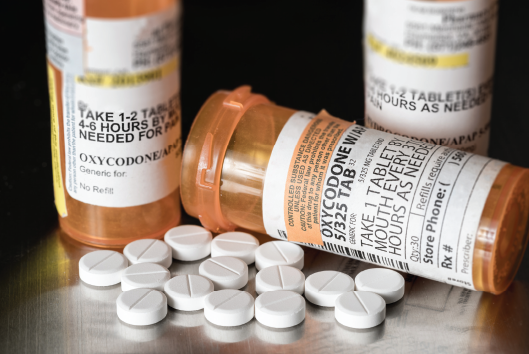Ethics & Network Television

Steve Heap / shutterstock.com
Recently, I have been watching a television comedy series on NBC called The Good Place, starring Ted Danson and Kristen Bell.
As a general rule, news from the world of television is not a topic discussed in these pages, but if you indulge me for just a little bit longer, I promise this will start to make sense.
The Good Place, somewhat surprisingly, deals with issues surrounding life, death and morality.
In its most recent storyline, it has been tackling the challenges of doing good in a highly interrelated, complex world. Consider the apple, for example. You would think buying an apple from the supermarket would be a morally neutral action. But now consider the pesticides required to ensure an unblemished blush to the skin and the migrant farmworkers who applied that pesticide. And what about that supermarket? Do the stockboys receive health insurance?
Because our bandwidth is already fully taxed by the issues that smack us in the face, most of us elect to ignore the complexities that lie just beneath the surface. We blithely put the apple into our cart and hope the balance of the universe is not altered too much.
But does deliberate ignorance of the ethical issues leave our hands fully clean?
And so we return to that protest at the Guggenheim. It just so happens that Nan Goldin, the artist, is also Nan Goldin, the addict, who spent a year struggling with her addiction to OxyContin. And at some point during that struggle, Ms. Goldin realized that many of the same museums that displayed her work were supported by the profits generated by the sale of OxyContin. And she wants to make sure you know this, as well.
The Sackler family has a combined estimated worth of $13 billion.18 A good deal of that fortune is spent on philanthropy. Hence, the Sacklers of Purdue Pharma are also the Sacklers of the Metropolitan Museum of Art, the Smithsonian, the Royal Academy in London, the Victoria and Albert Museum, the Louvre, the Tate Modern, the American Museum of Natural History, Princeton, Tufts, Harvard and Yale. And, of course, the Guggenheim. In 2015 alone, the Arthur M. Sackler Foundation donated $1.1 million in art to various institutions.
The medical community has also been the recipient of the Sacklers’ largesse. The Raymond and Beverly Sackler Foundation donated $2 million to Tufts University’s Sackler School of Graduate Biomedical Sciences. The Dr. Mortimer and Theresa Sackler Foundation donated $6 million to New York Presbyterian Hospital.
Does the source of the money really matter, as long as it is being used to do good? Ours is an era of moral reckoning in which we are asked, time and again, to decide whether we can hate an artist but love his art. The deep involvement of the Sackler family and their money in the genesis of the opiate crisis demonstrates that even in this time of moral relativism, some lines should not be crossed. There has to be some point at which the means are not justified by the ends, and all the art wings in the world cannot possibly justify the bodies that lie in the Sacklers’ wake.
Up to this point, blissful ignorance may have justified our blind acceptance of the Sackler family’s munificence. But we are no longer ignorant. The connection between OxyContin and the opioid epidemic is painfully clear. And so we are given a moral obligation to do the one thing the Sackler family desperately wants to prevent. We need to remember. Because until the Sackler foundations partition some of their fortune toward unwinding the damage done in the name of profit, none of us should benefit from 200 deaths a day.

